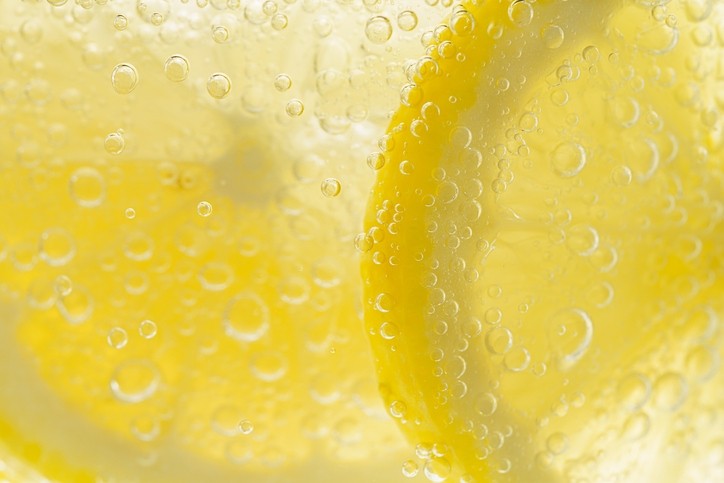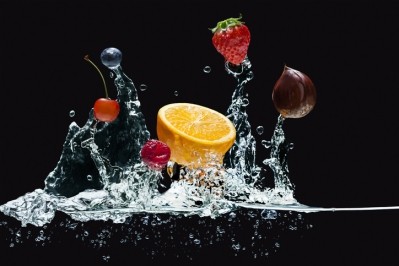RTD alcohol volume share set to double over next five years

This would see the category double its share from 4% in 2020, according to the latest figures from the IWSR’s RTD Strategic Study.
Its data cover 10 focus markets of Australia, Brazil, Canada, China, Germany, Japan, Mexico, South Africa, UK and US: which together represent more than 85% of RTD volumes globally.
RTD drinks can cover cocktails, hard teas, hard coffees, hard kombuchas, wine spritzers/coolers and flavored alcohol beverages (FABs).
CAGR of 15%
IWSR forecasts an approximate +15% compound annual growth rate from 2020 to 2025 for RTDs in these markets, compared to about +1% CAGR for total beverage alcohol during that same period (and at a far higher rate than spirits, wine or beer).
Hard seltzers lead the RTD category: and are projected to account for half of global RTD volumes by 2025 (up from a 30% share in 2020). Total volume growth is expected to come in at 26% CAGR 2020-2025. Much of this will come from the US: but also in other markets such as Canada (+50% CAGR 2020-2025), the UK (+90%), China (+84%), and Australia (+24%).
“Hard seltzer volumes outside the US are small, but awareness is also low. As that awareness grows, we’re seeing that people are increasingly willing to consider trying these products,” notes Brandy Rand, COO of the Americas at IWSR Drinks Market Analysis.
“It’s important to remember that it took a few years for hard seltzers to catch on in America, and we’re still in early days in this category outside the US.”
More than half of RTD drinkers (56%) say that the regular release of new RTD flavors is the most important factor in establishing a premium image, followed by connection to a known brand (the value of brand extensions), and the use of innovative packaging.
Flavor is also the key driver influencing purchase of RTDs, preferred by almost 70% of consumers. IWSR research also shows that there is a clear preference among consumers for spirit-based RTDs in most markets, as these generally have connotations of superior quality (vodka in particular is highly favoured as a base), though malt-based products are gaining share as well, driven of course by the rise of hard seltzers.
RTDs have proven to be an ‘effective opportunity’ for companies and brands from across the full spectrum of the drinks market, notes IWSR.
Both brewers and soft drink companies have found particular opportunities in hard seltzers, becoming a major driving force behind that sub-category’s recent growth. But spirits and wine producers have also been able to leverage existing brand awareness and equity to move into RTDs, from pre-mixed cocktails to hard seltzers to wine spritzes and coolers.
“It’s not just consumers who benefit from interesting and innovative RTD products, so too do global drinks companies. More than any other category, RTDs have truly captured and leveraged the trend of convergence in the beverage industry,” said Rand.
“Many well-known brands, from water to energy drinks to coffee, have recently crossed over into alcoholic RTDs, leading to a number of strategic partnerships between soft drinks, beer, and spirits companies in order to successfully leverage distribution across multiple outlets.”









